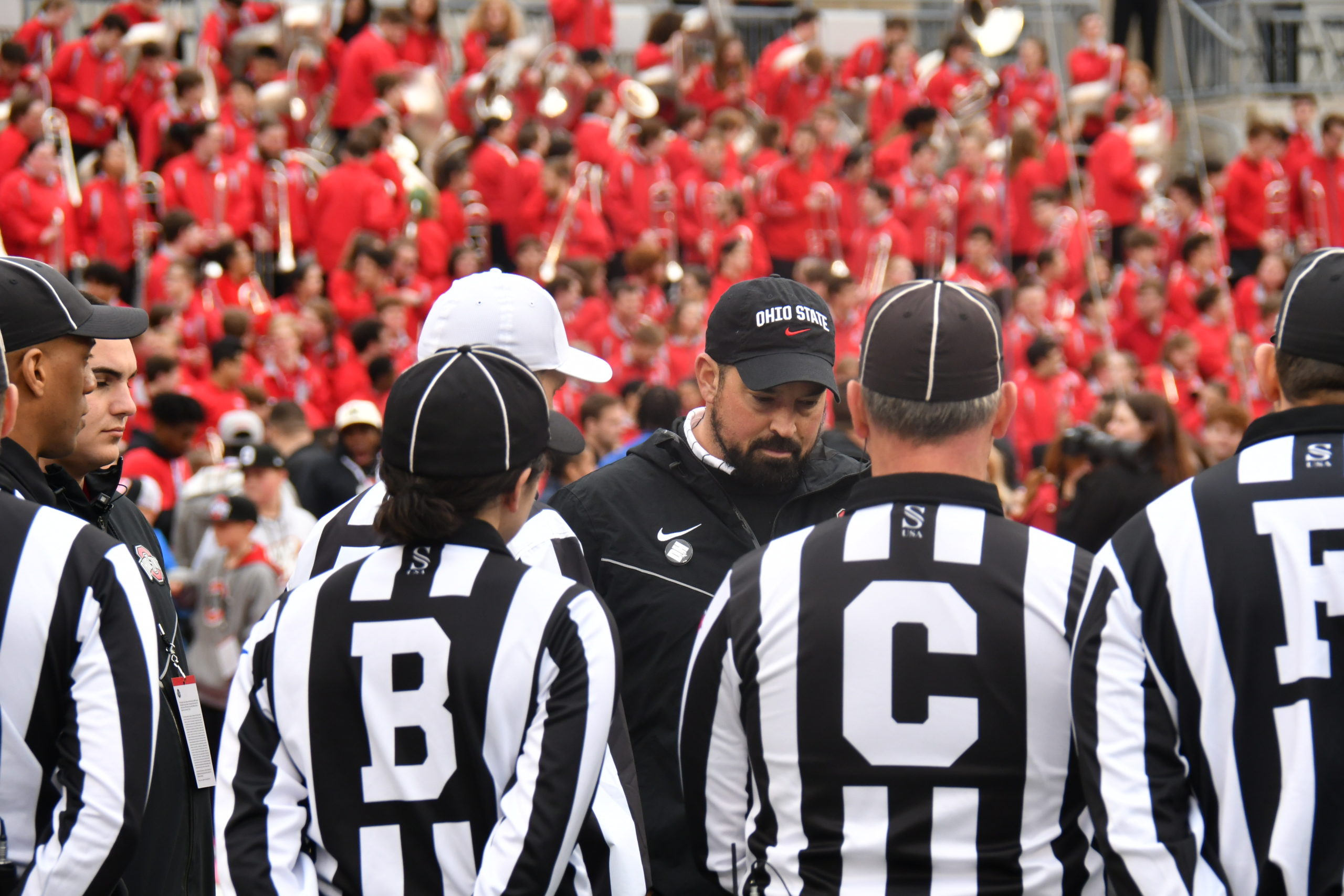
The NCAA Division I Council announced several changes on Wednesday, including the relaxing of restrictions for conference championship games and the removal of 25-man signing limits for recruiting classes.
Under the new rules, conferences will be allowed to determine their own participants for championship games, which paves the way for the elimination of conference divisions. The NCAA had previously mandated that conference play either a round-robin schedule or have divisions to determine conference championship game participants.
Ohio State athletic director Gene Smith indicated in February that he would be fine with the Big Ten’s divisions going away.
“We’ve talked about divisions so now we’re going to look at some models,” he said. “Again, in May our hope is to hopefully conclude our thoughts around that. A little of that is tied to the CFP and what might emerge around that process. So, I personally don’t have a preference. I’m OK with losing the divisions.”
In conjunction with the NCAA’s announcement, the Pac-12 also announced Wednesday that while it will retain its two divisions for the 2022 season, the upcoming conference championship game will be held with the two teams with the highest conference winning percentage instead of the two divisional leaders. According to the conference’s release, this would have resulted in a different championship game in five of the last 11 seasons.
With the NCAA relaxing restrictions, the Big Ten will now have several decisions to make regarding the future of their divisions as well as scheduling. Smith said a focus could be on ensuring that student-athletes get a chance to see all Big Ten venues.
“One of the issues that been challenging for a number of our schools is a student-athlete can go through four years and never play at a certain place,” he said. “So, I want to see if there’s a way to fix that.”
The NCAA also announced the elimination of the 25-man signing limit for recruiting classes, though schools will still only be allowed to hand out 85 scholarships. In addition to schools being able to take as much talent as they want in a recruiting cycle, the change will also help schools that have been hit hard by transfer portal to replenish their rosters.
“Some schools hadn’t given out all their scholarships and felt constrained by the annual limit,” said Council chair Shane Lyons, athletics director at West Virginia. “This temporary change provides schools more flexibility and adds opportunities for incoming and current student-athletes to receive aid.”
This change will be in effect for two years while the Football Oversight Committee collects and reviews data.








